Top Things to Know Before Buying an Outdoor Office Shed
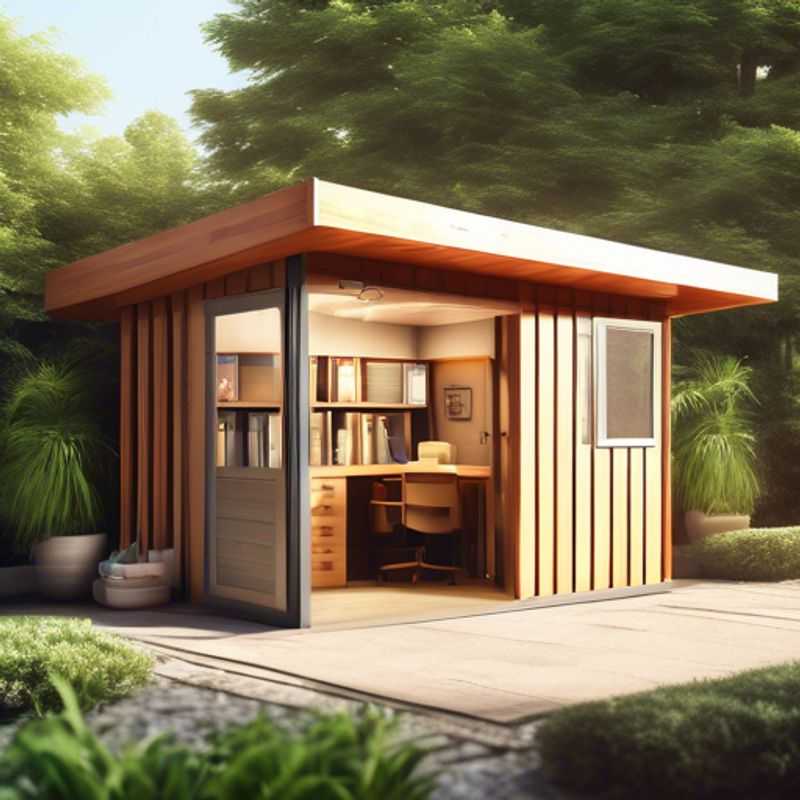
The Ultimate Guide to Buying an Outdoor Office Shed: 7 Essential Tips for Success
Before you embark on the exciting journey of creating your own outdoor office shed, there are a few key considerations to ensure a smooth and successful experience.
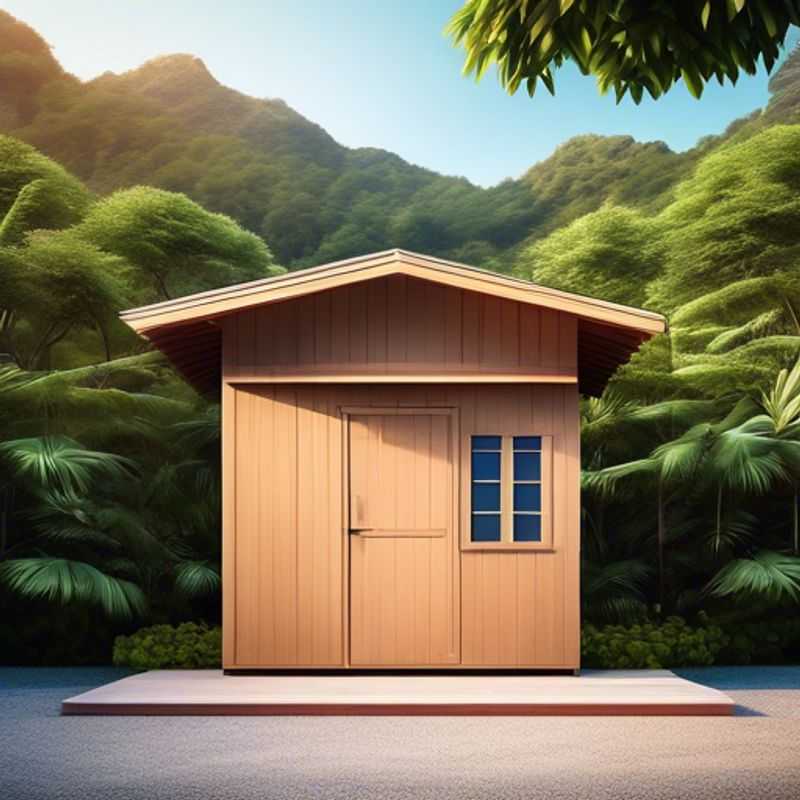
Measure Twice, Build Once: Sizing Up Your Backyard for a Shed
Before you start building a shed, it's critical to make sure it'll fit in your backyard! Take a moment to accurately measure the space where you envision the shed. Don't just guess – grab a measuring tape and get down to business. You’ll need to measure the length, width, and height of the available area, taking into account any obstacles like trees, fences, or utility lines. This is the crucial step – the shed should fit comfortably, allowing for easy access and movement around it.
Remember, you'll also need to account for the shed's foundation, which will take up some additional space. If you're planning a concrete foundation, you'll need to add a few inches to the shed's footprint to accommodate the concrete slab. This will ensure the shed sits securely and prevents it from sinking or tilting over time.
With a precise measurement in hand, you can now consult with your local building codes and regulations, which may specify setback requirements. It's essential to stay compliant with these regulations to avoid any potential issues with permits or fines. Be sure to consider the impact on your property's layout and accessibility, ensuring that the shed placement doesn't obstruct any necessary pathways or impede your enjoyment of your backyard. Finally, remember to add a little buffer zone around the shed, allowing you to walk around it easily and avoid any potential damage to landscaping or other structures.
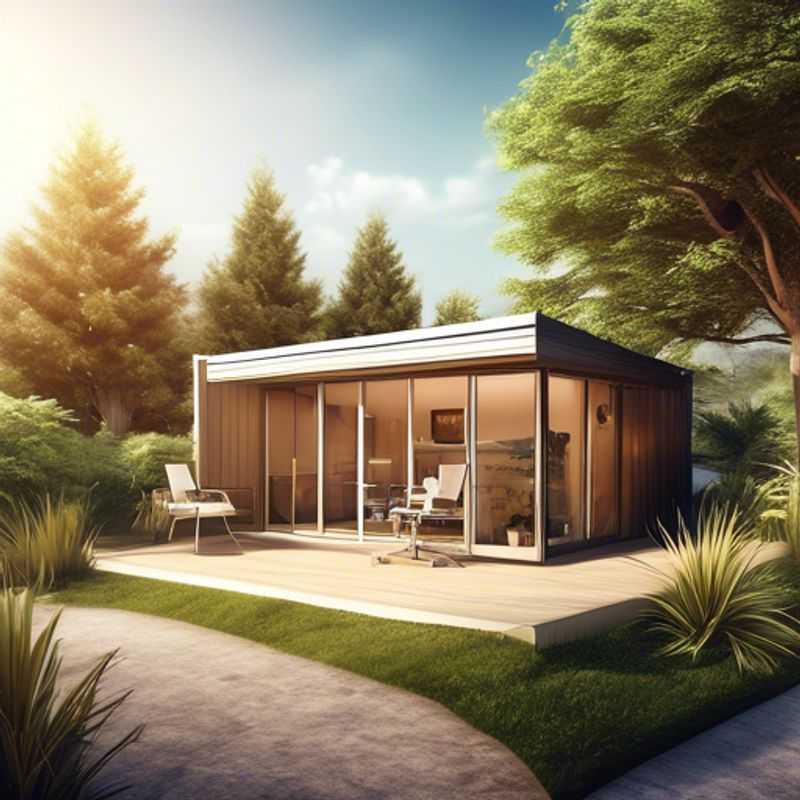
Building to Last: A Guide to Choosing Durable Materials and Construction Methods
The quest for durability in construction is a fascinating journey through the world of materials and methods. It's not just about choosing the strongest option, but about understanding the nuances of how materials perform under stress, how they react to the environment, and how they can be best combined to create resilient structures. When researching different materials and construction methods, it's essential to consider the specific demands of your project. What kind of environment will the structure be exposed to? What kind of load will it need to bear? What are the aesthetic and functional requirements?
Here are some key aspects to consider:
Materials: Concrete, steel, timber, brick, stone, and composite materials are all widely used in construction. Each has its strengths and weaknesses. For example, concrete is strong in compression but weak in tension, while steel excels in tension but is susceptible to corrosion. Timber is a renewable resource but can be prone to fire damage. Understanding these characteristics helps in choosing the right material for your project.
Construction Methods: Techniques like reinforced concrete, pre-engineered steel structures, masonry construction, and timber framing each offer different advantages in terms of speed, cost, and durability. Consider the scale of your project, the accessibility of skilled labor, and the overall time frame.
Environmental Factors: The climate, soil conditions, and seismic activity in your area all play a role in determining the durability of your construction. You may need to consider using materials that are resistant to moisture, extreme temperatures, or earthquakes.
Cost & Maintenance: Durability is not just about initial construction costs. Factor in the cost of regular maintenance, repairs, and potential replacements. For example, a timber frame might require more frequent painting than a concrete structure, but it may also be cheaper to repair in the long run.
Research & Consultation: Extensive research is crucial. Consult with structural engineers, architects, and material experts to gather the necessary information and make informed decisions. Don't hesitate to reach out to manufacturers for technical specifications and testing data. Remember, choosing the most durable option is a collaborative effort, involving experts and a thorough understanding of the project's specific requirements.
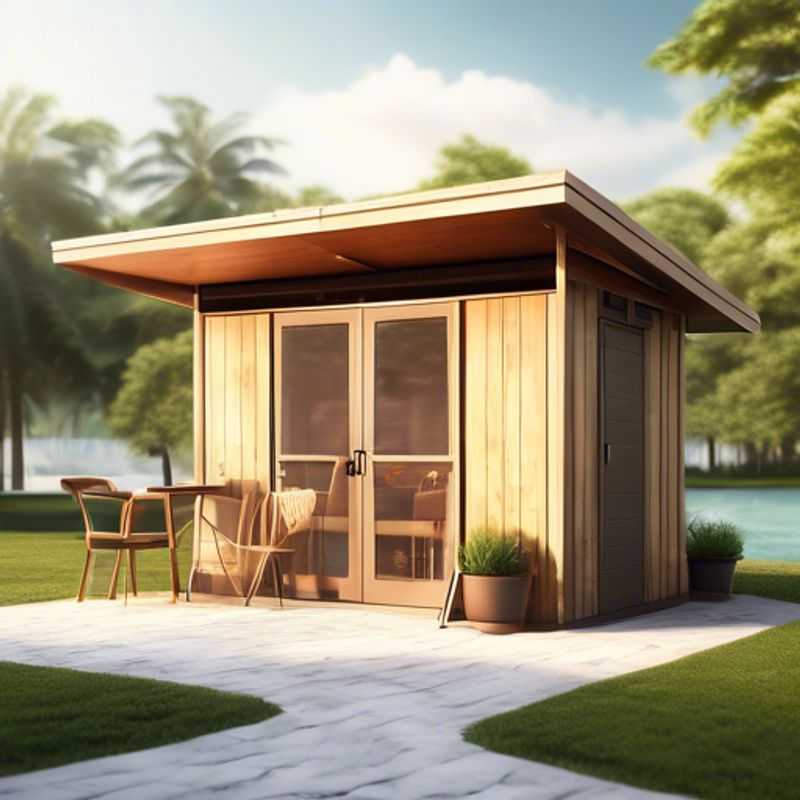
Insulating Your Shed for Year-Round Comfort: Ventilation and Beyond
Turning your shed into a year-round space requires careful consideration of insulation and ventilation. Proper insulation helps maintain a comfortable temperature, while adequate ventilation ensures fresh air circulation and prevents moisture buildup.
Insulation acts as a barrier, reducing heat loss in winter and heat gain in summer. Common options include fiberglass batts, foam board, spray foam, and cellulose.
Ventilation is crucial for removing moisture and preventing mold growth. Proper ventilation involves strategically placed vents, such as soffit vents, gable vents, and ridge vents. Consider using exhaust fans for additional air movement, especially in humid climates.
When planning your shed's insulation and ventilation, consult with a qualified contractor to determine the best options for your specific needs and climate. They can help you estimate the costs involved, including materials, labor, and permits. Remember to factor in the potential energy savings from improved insulation and ventilation, which can offset the initial investment over time.
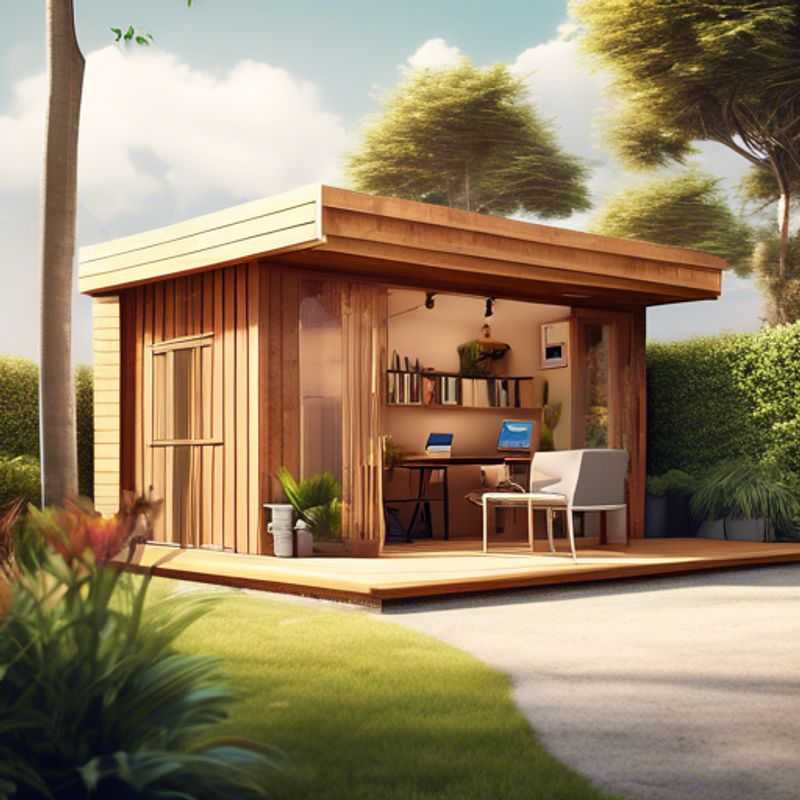
Transform Your Home Office: Finding the Perfect Shed with Ample Storage
Transforming your shed into a functional home office is a practical and cost-effective solution. Key considerations include maximizing storage space and ensuring ample shelving for office supplies and equipment.
When assessing storage options, consider built-in shelving, cabinets, and drawers to organize your workspace. Adjustable shelving provides flexibility to accommodate different sizes of files, folders, and office supplies.
Investing in a desk with drawers and shelves will further streamline your organization, allowing you to manage paperwork and essential items efficiently.
If electrical outlets are limited, installing additional outlets is crucial for powering your computer, printer, and other office devices. Ensure adequate lighting for productive work, especially during the day. Consider natural light through windows or artificial lighting with adjustable brightness.
Climate control is another important factor for a comfortable and functional home office. In warmer climates, an air conditioner might be necessary, while in cooler climates, a heater might be required. Ensure the shed is properly insulated to regulate temperatures efficiently.
Before undertaking any major modifications, consult with a qualified professional to ensure your shed meets local building codes and safety regulations.
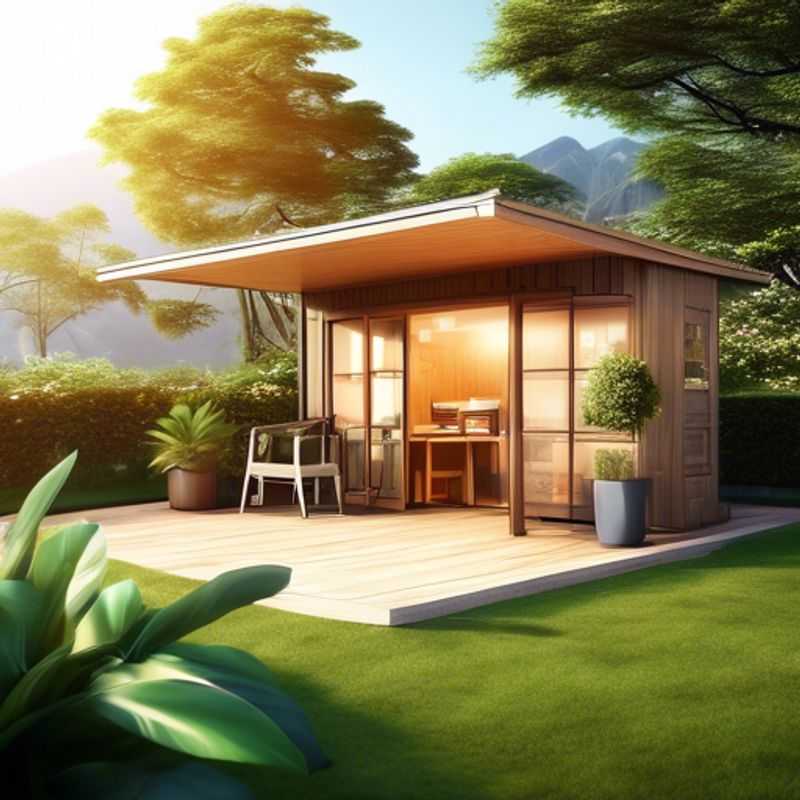
Powering Up Your Workshop: Ensuring Adequate Electrical Outlets and Lighting in Your Shed
When setting up your shed for work, having sufficient electrical outlets and lighting is crucial for both comfort and productivity. Proper illumination will prevent eye strain and ensure you can see your work clearly, while adequate outlets will power your devices without the need for cumbersome extension cords.
Before starting any work, consider the power requirements of your equipment. Determine the number and type of outlets you'll need, factoring in potential future needs. You might need dedicated circuits for high-power devices, like a computer or power tools.
Lighting is also crucial for a comfortable work environment. Consider the type of lighting that best suits your work. Natural light is ideal, but if you don't have sufficient windows, consider using energy-efficient LED fixtures or lamps that provide a bright, yet non-glaring, light.
To ensure a safe and functional setup, it's highly recommended to consult a qualified electrician to ensure proper installation of electrical outlets and lighting. Hiring a professional can prevent potential hazards and ensure everything meets local building codes and safety standards.
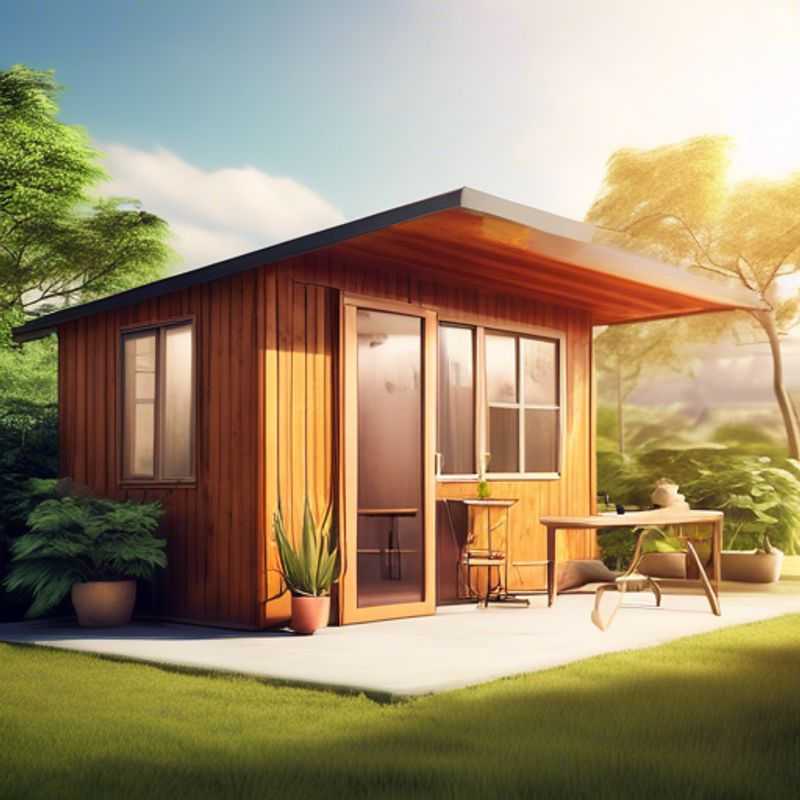
Navigating Local Zoning Laws: A Guide to Building Outdoor Structures
Before you start building any outdoor structures, it is crucial to check your local zoning laws and regulations. This ensures your project complies with local building codes and doesn't infringe on neighborhood restrictions.
You can find these regulations in your local municipality's website or by contacting your city or county planning department directly.
Zoning laws often cover aspects such as:
* **Setbacks:** This refers to the minimum distance your structure needs to be from property lines and other boundaries.
* **Height restrictions:** This determines the maximum height your structure can reach.
* **Permitted uses:** This defines what types of structures are allowed in your area, for example, sheds, decks, swimming pools, or home offices.
* **Appearance requirements:** These regulations might specify materials, colors, or even the style of your structure.
* **Building permits:** In many cases, you will need a permit to build any outdoor structure.
It's crucial to research these regulations thoroughly and obtain all necessary permits before starting any construction. This saves you potential headaches, fines, and delays down the road.
Always double-check with your local authorities, as regulations can vary widely based on location and community.
Remember, it's better to be safe than sorry when it comes to zoning regulations, so invest some time in understanding the rules before you begin.
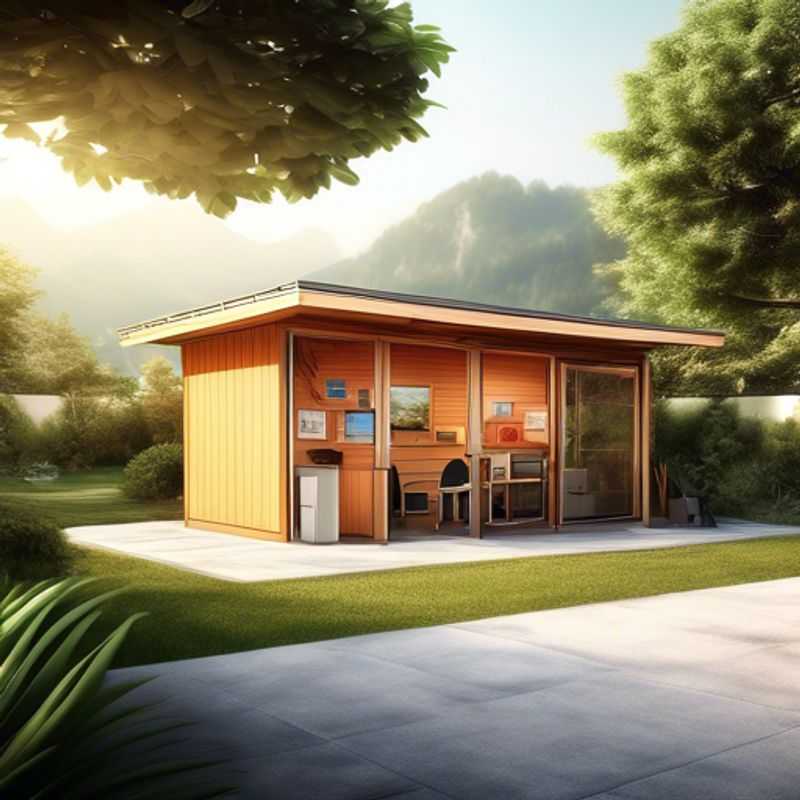
Designing a Shed That Blends Seamlessly with Your Landscape
When planning your shed design, blending it seamlessly with your outdoor environment is crucial. This involves considering the existing landscape, architectural style of your home, and the overall aesthetic you desire. This approach creates a cohesive and visually appealing space that enhances your property's beauty.
To achieve this seamless integration, several key factors need to be addressed:
1. Color Palette: Choose colors for your shed that complement the existing structures, landscaping, and overall color scheme of your property. You might opt for earth tones, natural wood finishes, or colors inspired by the surrounding foliage.
2. Material Selection: Selecting materials that are consistent with your home and surroundings can significantly enhance the visual harmony. Consider using the same or complementary materials for your shed as those used in your home, such as siding, roofing, and trim. This will create a sense of unity and enhance the overall aesthetic.
3. Architectural Style: Matching the architectural style of your shed to your home is essential. If your home has a traditional or rustic design, a shed with a similar style, using materials like wood or stone, would seamlessly blend in. On the other hand, if your home has a modern or contemporary design, a shed with clean lines and minimalist features would complement its aesthetic.
4. Landscaping: Integrating your shed with the surrounding landscaping can further enhance its visual appeal. Consider planting trees or shrubs around the shed to create a natural buffer or a focal point. You can also use landscaping features like walkways, patios, and flower beds to connect the shed to the rest of your property.
Integrating a shed seamlessly into your outdoor environment is a worthwhile endeavor. It requires careful consideration of several key elements such as color, materials, style, and landscaping. Remember, a cohesive and visually appealing design will enhance the overall aesthetic of your property.
